Chien-Shiung Wu:
Crossing the Frontier of Experimental Physics

Manhattan Project
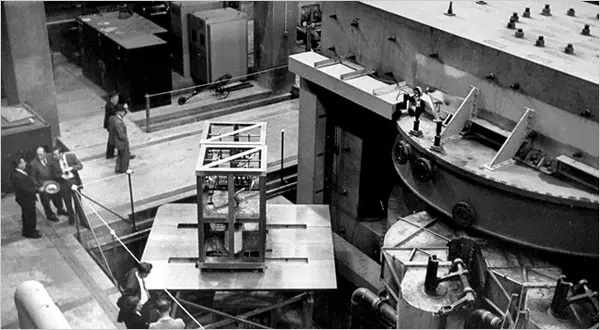
The Nevis cyclotron, constructed at Columbia University (The New York Times)
In 1944, Wu was invited to join the Manhattan Project, a secret program working on developing the atomic bomb before Nazi Germany in World War II. She was the only Chinese American to have worked on the Manhattan Project.
"Wu collaborated with prominent and established scientists such as Robert Oppenheimer and Emilio Segrè. The latter made possible a meeting between Wu and Enrico Fermi, who asked her to participate in the Manhattan Project at Columbia University, focused on the process of uranium enrichment." (Cherenkov Telescope Array)
The Manhattan Project included many scientists in different fields working in labs across the United States. Most of them had no direct connections to weapon development, but instead, each of their work was a small piece of a bigger puzzle. Wu's research mainly focused on the crucial process of uranium enrichment, a critical part of transforming a bomb into an atomic bomb.
"During the Manhattan Project, she worked at Columbia University, helping develop the process for separating uranium metal into U-235 and U-238 isotopes by gaseous diffusion. This process was replicated at a grand scale at the K-25 Plant in Oak Ridge. She also developed improved Geiger counters for measuring nuclear radiation levels." (Atomic Heritage Foundation)
"Contrary to public perception, a fair number of women — many hundreds, certainly, and possibly thousands — were involved in the technical reaches of the Manhattan Project. They were chemists, technicians, doctors, mathematicians, and more. But Wu was one of the very few women who contributed at the highest levels of physics research for this critical war effort." (Business Insider)
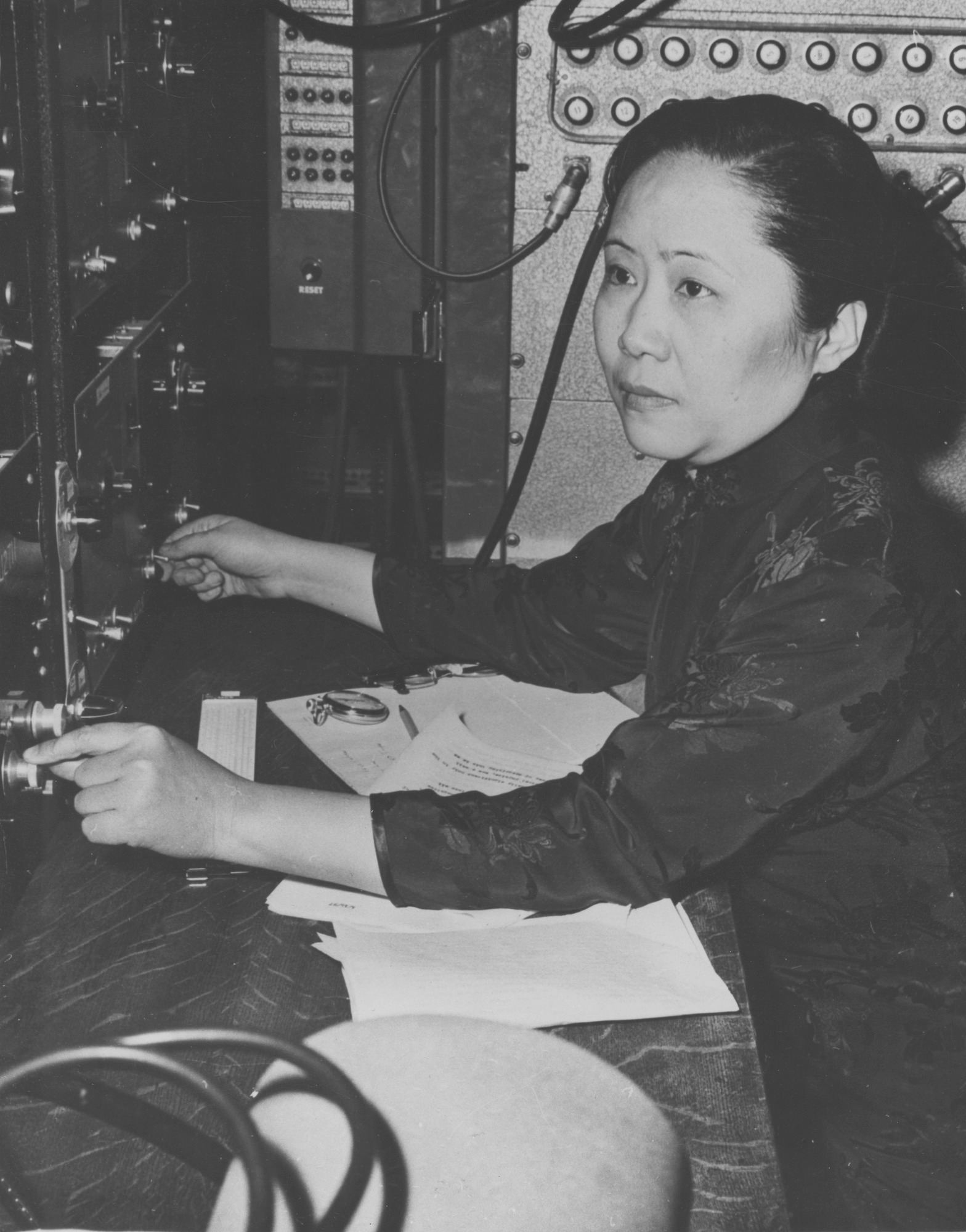
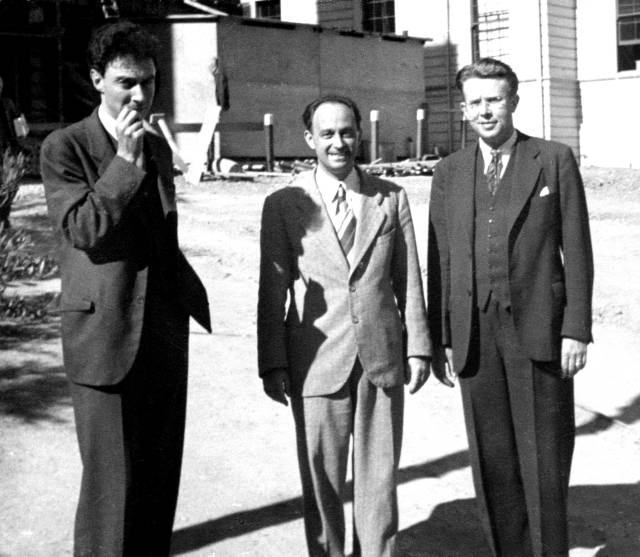
Wu Chien-Shiung at Columbia University (Smithsonian Institution Archives)
J. Robert Oppenheimer, Enrico Fermi, and Ernest Lawrence (Office of Scientific and Technical Information)
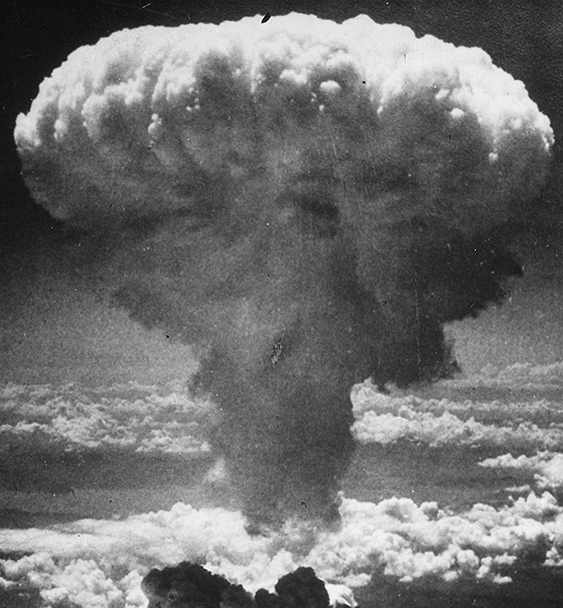
An atomic cloud rising over Nagasaki, 1945 (National Archives)
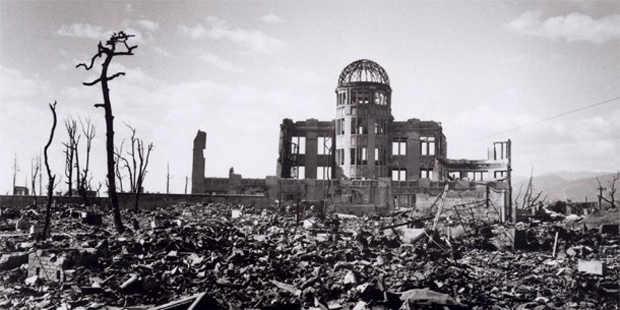
The ruins of Hiroshima (ICAN)
In 1945, Chien-Shiung Wu saw the culmination of her efforts with the development of the atomic bomb. Though she later expressed regret over its use on Nagasaki and Hiroshima, her work helped to the Second World War come to a much earlier close and allowed her to receive news that her family was safe.
"The scientists are not absolved of the destruction wrought on Hiroshima and Nagasaki; they also didn’t control their governments. Like her friend Oppenheimer, she had complex regrets. During a visit to Taiwan in 1965, she advised Chinese nationalist leader Chiang Kai-shek never to go down the road of building nuclear weapons." (Washington Post)